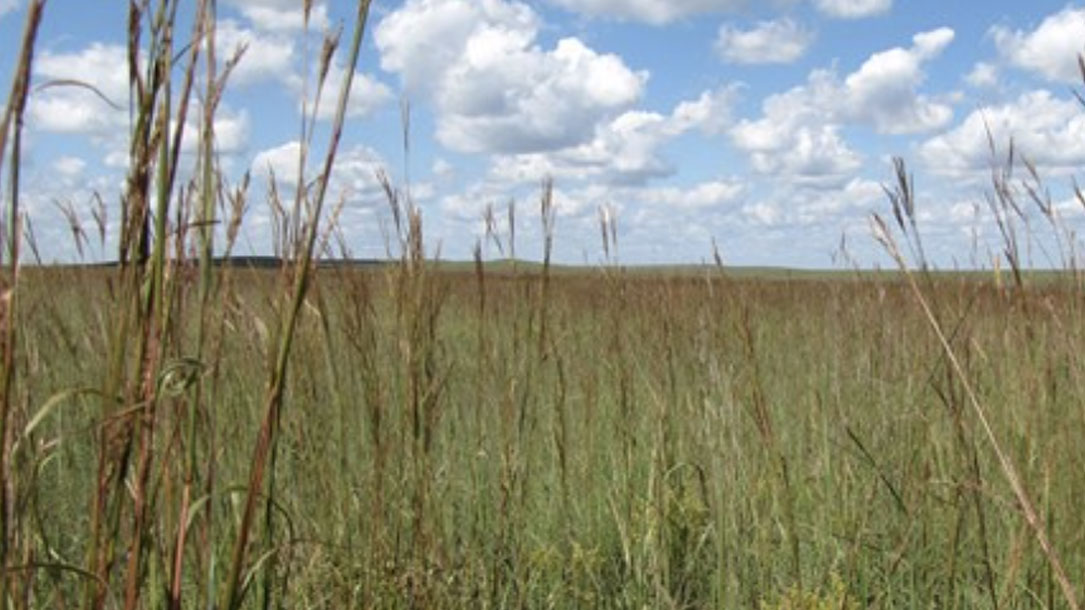
Last stand of the tallgrass prairie
Tallgrass prairie once covered 170 million acres of North America, but within a generation most of it had been transformed into farmland. Today less than 4% remains intact, mostly in the Kansas Flint Hills. Established on November 12, 1996, the preserve protects a nationally significant remnant of the once vast tallgrass prairie ecosystem. Here the tallgrass makes its last stand…
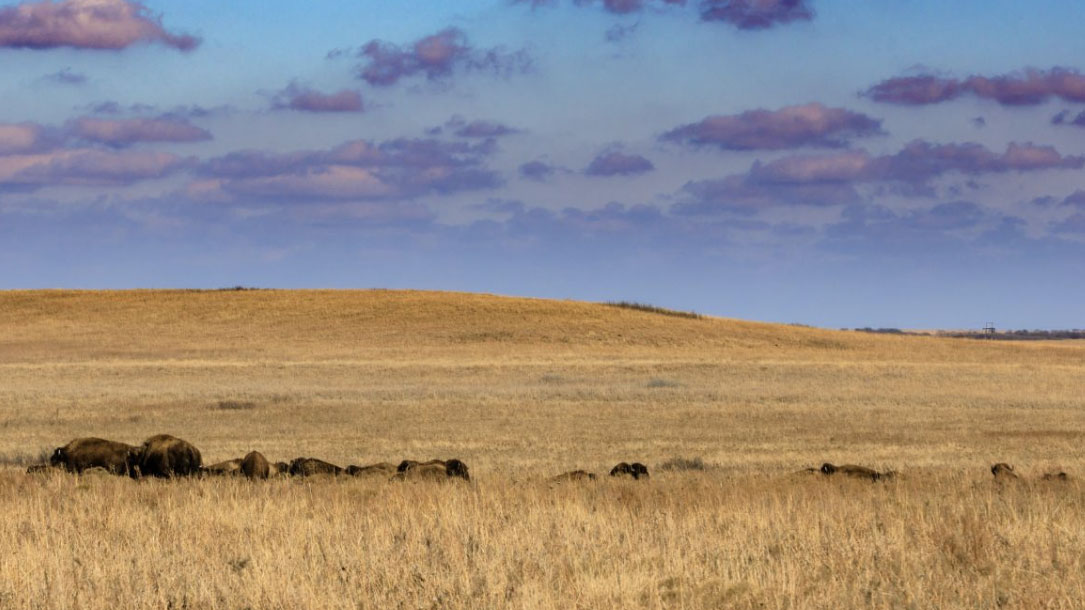
Saving Oklahoma’s prairies, a vital weapon against climate change
Oklahoma’s 39,650-acre preserve is the world’s biggest protected remnant of a massive grassland ecosystem that once stretched across 14 states, covering 170 million acres. But the grassland has been decimated, and only about 4 percent of the ecosystem remains, most of which is contained in the preserve in Osage County, home to the Native American Osage Nation.
Acting as a powerful carbon storage container, or sink, the grasslands are a vital component in nature’s fight against climate change. Figures vary, but one study estimates that tallgrass can capture up to 1.7 metric tons of carbon per acre per year. In Oklahoma alone, protected grasslands mitigate nearly four metric tons of carbon dioxide per year — the equivalent of taking 4 million cars off the road…

Recovering America’s Wildlife Act
This bill provides funding for (1) the conservation or restoration of wildlife and plant species of greatest conservation need; (2) the wildlife conservation strategies of states, territories, or the District of Columbia; and (3) wildlife conservation education and recreation projects.
The Department of the Interior must use a portion of the funding for a grant program. The grants must be used for innovative recovery efforts for species of greatest conservation need, species listed as endangered or threatened species, or the habitats of such species.
In addition, the bill requires certain revenues generated from fees and penalties for violations of environmental requirements to be used as a source for the funding…

The dire need to combat habitat loss
The modern conservation movement was born out of the hard work and leadership of sportsmen and women who continue to help fund, conserve, manage, and restore natural areas and game populations nationwide.
During the 1800s, the U.S. nearly lost familiar species like mule deer, white-tailed deer, black bear, elk, pronghorn, and wild turkeys to unregulated hunting and market hunting. As populations rapidly declined, hunters led the way to their recovery by supporting ethical, regulated hunting practices…

Report: Habitat loss causing significant impact on game species
A new report from the National Wildlife Federation found game species across the country lost, on average, 6.5 million acres of habitat over the past two decades. It is a trend advocates contended will continue unless lawmakers take action.
Per the report, between 65 and 82 million acres of America’s national forests are in need of restoration. In addition to the 30×30 plan outlined in Biden’s America the Beautiful initiative, Congress is considering the Recovering America’s Wildlife Act, which would allocate nearly $1.4 billion annually to states to implement habitat restoration and conservation strategies.

Community-level assisted migration for climate-appropriate prairie restoration
Given the rate of movements of “climate envelopes,” the principle of use of only locally occurring species and genotypes in habitat restoration is questionable at best. Some local species may be lost entirely if their “climate envelopes” move outside the local area.
Multiple species that grow elsewhere would thrive in restorations if they were able to migrate to new locations, but this is prevented by the speed of climate change and the difficulty of dispersal across fragmented landscapes. To restore the natural process of migration, restorations should include…
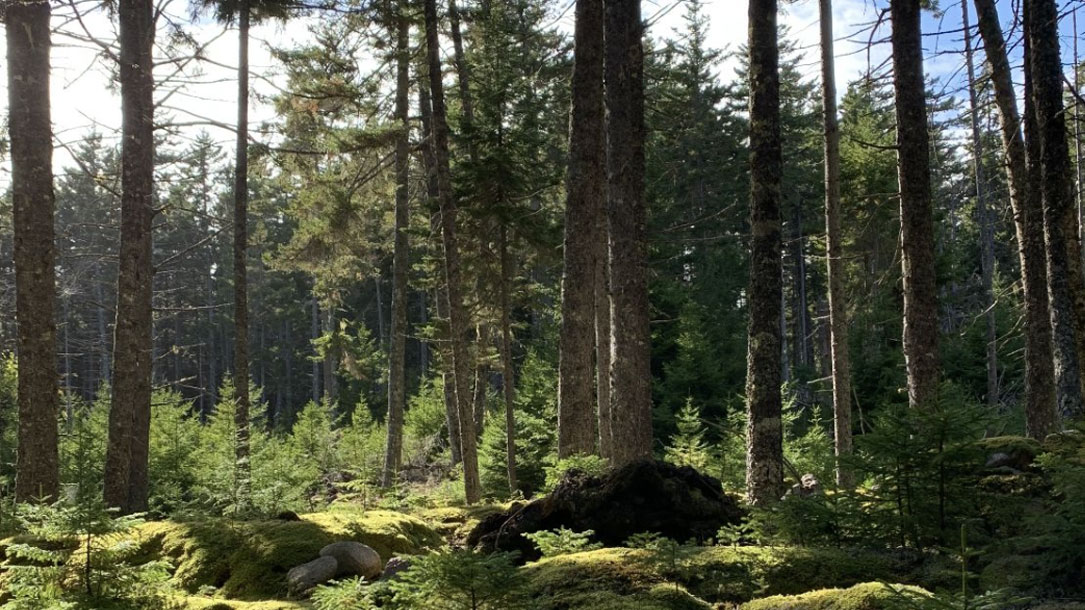
Earth’s coldest forests are shifting northward with climate change
New research from Northern Arizona University shows rising temperatures are causing Earth’s coldest forests to shift northward, raising concerns about biodiversity, an increased risk of wildfires, and mounting impacts of climate change on northern communities…
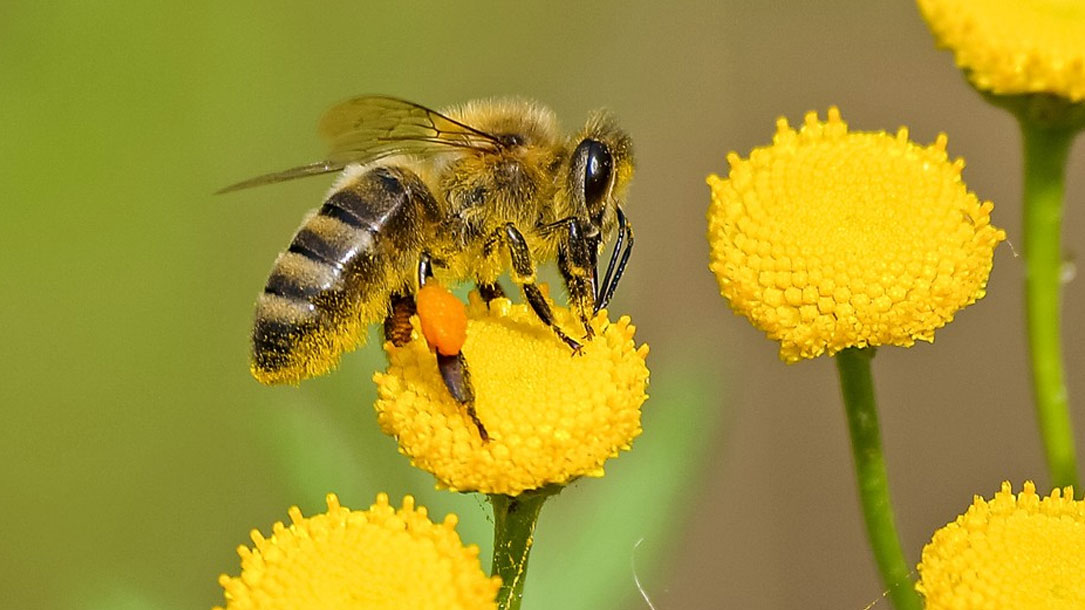
Trait-based filtering mediates the effects of realistic biodiversity losses on ecosystem functioning
We present multiyear results from a realistic biodiversity loss experiment, examining how two key ecosystem functions (productivity and invasion resistance) responded to randomized and realistic (drought-driven) species losses across years with high yearly climatic variation. We show that realistic low-diversity communities do not always have high functioning under the conditions that drove species loss, indicating a disconnect between functional response and effect traits.
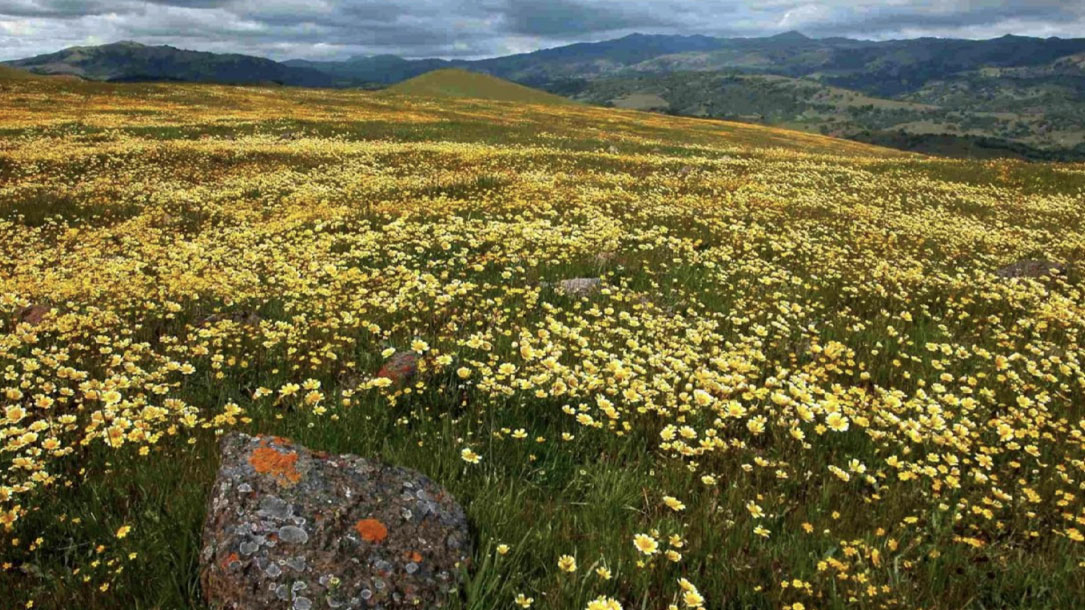
Study on climate change impacts on plants could lead to better conservation strategies
The loss of plant species that are especially vulnerable to climate change might lead to bigger problems than previous studies have suggested, according to a new study published in the journal Proceedings of the National Academy of Sciences. If confirmed, the findings can help inform conservation strategies and lead to more accurate predictions about what ecosystems will look like in the future.
Researchers are now working on a follow-up study to see whether the same results apply to other ecosystems.
“I think studies like this can help set conservation priorities and help us predict where things are headed,” Wolf said. “Species have important impacts within an ecosystem, and they have effects that we can quantify — and if some species are gone, ecosystems will change in a quantifiable way. Some of these changes might not be noticeable to most people, but many of these changes are likely to be consequential for humans.”
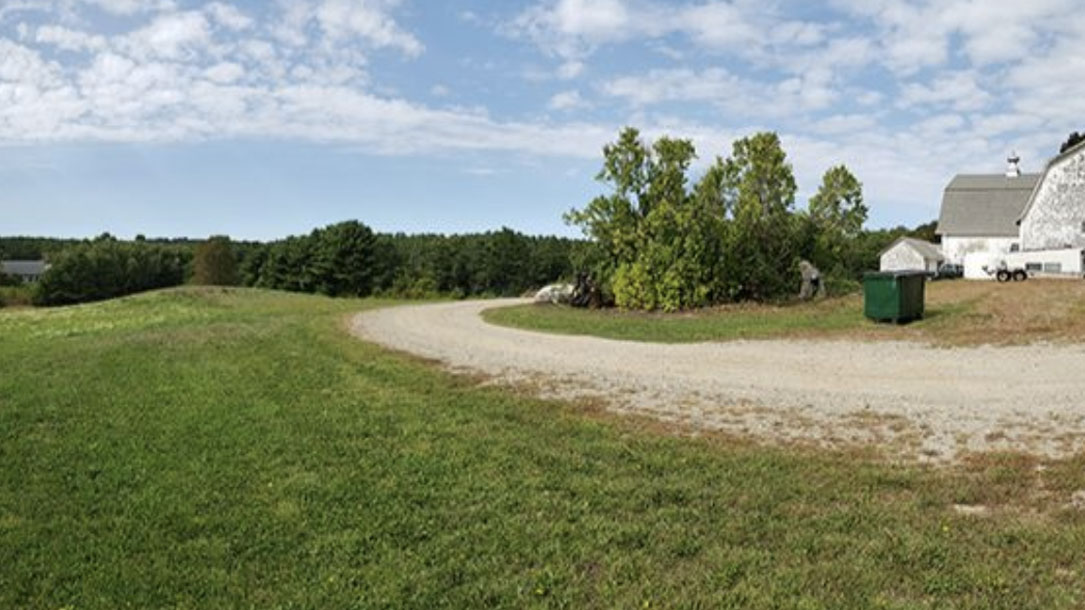
Land trust installs their own solar project
Coastal Rivers is working toward a goal of achieving carbon neutrality within the next five years. A major step toward this goal was to install energy-efficient heat pumps to heat and cool the renovated Denny Conservation & Education Center at Round Top Farm. The next step is to power those heat pumps — and the bulk of our electrical needs overall — with solar-generated energy.
We have a prime site for a solar installation at Round Top Farm in the southwest field below the large dirt parking lot by Darrows Barn. The slope aspect is ideal, and the topography limits visual impacts. We also have three-phase power to the site already, which will reduce construction costs…












